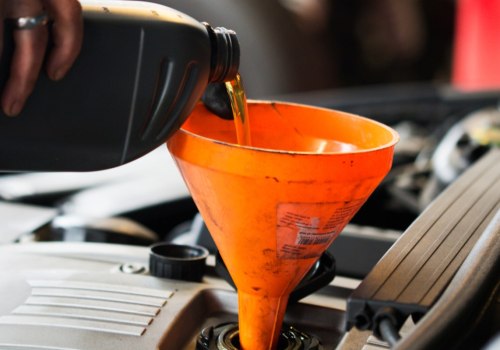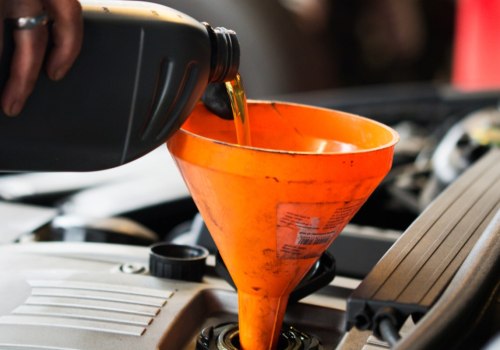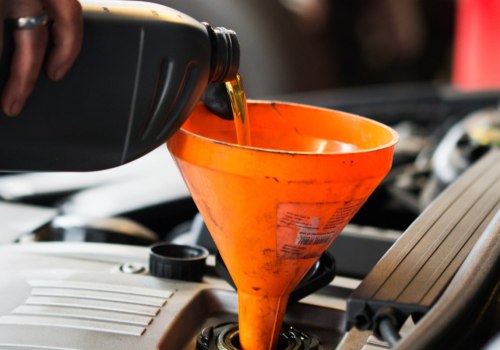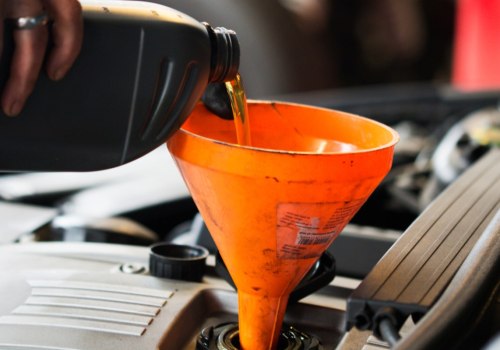Here are 13 things to know about DIY car maintenance. To save more in the long run, you can extend the life of your new air filter by tapping it with a little compressed air to remove any debris. Most spark plugs need to be replaced after about 30,000 miles, but check your owner's manual to see if your vehicle is different. While changing spark plugs may seem like a lot of work, it's a fairly simple process.
You just need to set aside a little time and exercise patience. Do not rush, because you need to install the replacements in a specific order. You'll need to replace most brake pads every 20,000 miles, but as always, consult your owner's manual for specific model information. If you drive a lot of “stop and go” on a consistent basis, you'll need to replace them more often. Brake pads are DIY friendly, but safety is their top priority.
Be careful, prepare everything before you start and, if you feel uncomfortable, pay a professional to do it for you. This project is another task “DIY 2.0”. Dealing with the fuel system is serious, so if you're not familiar with any of these terms and don't know where to start, visit your mechanic for this regular service. Oil is one of the most important fluids for your vehicle's engine. Over time and mileage, engine oil breaks down and loses effectiveness in lubricating critical engine components. That's why it's important to change your engine oil on a regular basis.
Oil needs to be changed on most vehicles every 5,000 to 7,500 miles. The oil filter must also be replaced during the oil change. Virtually every car today uses a serpentine belt to operate engine accessories. In many cases, belts can easily last 50,000 miles or more. But since the belts have a hard life in the engine compartment, check yours for signs of wear, such as cracking of the rubber.
The good news is that a serpentine belt can usually be replaced with a simple wrench and bushing, which relieves the tensioner to allow the old belt to be removed and the new one to slide into place. Acting like a set of shoes, your tires connect your vehicle to the road. To maximize their service life and promote even wear, it's a good idea to rotate your tires twice a year. You can do it at home with just a few brackets and the jack and wrench that come with your car. It should be noted that some tires are directional, which means that they can only be turned on the same side of the vehicle.
In addition, some stepped wheel configurations may not allow you to turn your tires, so you may end up replacing a pair of tires sooner, depending on your alignment settings. Other maintenance tasks, such as changing brake pads or aligning wheels, can help you maintain control of your vehicle and avoid potentially dangerous situations on the road. Fortunately, some repair and maintenance projects fall within the realm of DIY. With the right tools, anyone can learn to do these jobs instead of paying someone else to do them. Even if you have to go to a mechanic, you can use portable diagnostic tools to define the problem beforehand. Here are 10 maintenance and repair tasks you can do yourself if you have the right tools for the job: Replacing the battery is a simple process.
This project is necessary because you don't want to be stranded somewhere or even have to jump your car at home when you're late for work or an appointment. Spark plugs can last up to 100,000 miles, although you may need to clean them from time to time. The spark plug removal process is easy and you can handle it with a specialized spark plug wrench. In some cars, it's helpful to have the help of an inspection camera which you can use to see inside the small space where the plugs are located. You must change coolant every 40,000 kilometers (green coolant) or 160,000 kilometers (long-life coolant). If you continue driving with spent coolant replace the radiator heater core and water pump.
Test the coolant with a voltmeter. Set the digital voltmeter to the lowest DC adjustment reading and immerse the positive probe directly into the coolant. Touch the negative probe with the negative battery terminal and accelerate the engine to 2 000 rpm If the reading is. To replace spark plugs first allow engine temperature to cool then change spark plugs one at a time by gently removing spark plug wire Use a spark plug socket and torque wrench to remove old spark plug Measure gap and install new spark plug Some prefer using anti-seize lubricant with new spark plugs but it's not necessarily mandatory and some spark plug manufacturers recommend not using it. There will be single screw under your engine Place oil drain pan underneath and unfasten that screw You can replace screw once it stops draining but this can be 10-minute process so feel free get out from under car while wait. Handling these simple maintenance tasks yourself helps save money on car repairs keeps vehicle running smoothly longer Here collection 10-minute solutions easily do car save money right away avoid future repair bills.






